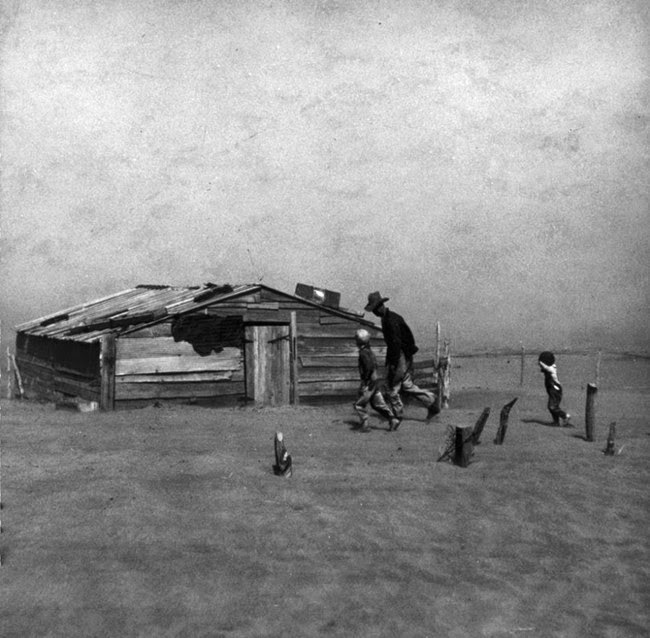Review by Carla Stockton
—
What We’ve Lost is Nothing
by Rachel Louise Snyder
Scribner, 320pp., $25.00
—
Reading Rachel Louise Snyder’s What We Have Lost is Nothing, I found my memory drifting back to 1971.
In those days, I was an undergraduate at Columbia University, and, like most of my fellow Columbians, I rarely ventured west of Amsterdam Avenue or north of 120th Street. The little corner of Harlem I called home was a pristine enclave protected by the strong arm of the University, but west or north of the school, the menace of the times gnawed at our safety. A law school professor was murdered on Morningside Park, dubbed in those days the most dangerous piece of real estate in America; gentrification had just begun to cross the great divide between privilege and old Harlem. Then one day – the only time before or since — I was accosted smack dab in the middle of that island of solace. A kid from somewhere outside the fortress wandered in and tried to mug me right there on the College Walk.
It was an early December evening, already dark. I entered the enclave through the main gate on Broadway at 116th street and walked past the guardhouse. As I stepped onto the campus, a burly kid jumped out of the shadows and grabbed at my oversized, book-filled bag. I was a pretty burly kid myself, so I tugged back. It didn’t occur to me to let him take it – everything I owned was in that bag, and I was a scholarship kid with no resources to back me up, so I wasn’t about to let anyone take my books and wallet. I won. The campus cops nabbed him as I ran up the steps into the protective light of Low Library.
At first I thought that all my would-be assailant got from me was my equilibrium, but of course I was wrong. Anyone who’s ever been held up in any way will tell you that in the aftermath, such a transgression is alarmingly unnerving; it weakens our whole belief system by forcing us to face the fact that we live among those who wish us ill, who would take from us all that we possess if they could, who do not respect our common humanity. What I had lost was nothing, but for a time, frightened and distrustful, what I lost was everything.
Snyder’s book, which examines the aftermath of what appears to be no more than a mere violation of property, takes place in the Oak Park section of Chicago, on Illios Lane, a quiet cul-de-sac, where the residents cling to a tenuous sense of security until one day, when most everyone is out tending to business or errands, a thief or a gang of thieves or some unseen hand invades each of the homes in that semicircular dead end and burglarizes every house, leaving no one with prized possessions unmolested.
The perpetrator gets away with the robbery, despite the fact that one member of the community actually saw the deed in-flagrante. “What we’ve lost is nothing,” Michael MacPherson, self-appointed spokesman for Illios Lane, proclaims cavalierly for the television cameras that amass at his front door to gather every salacious detail. He strikes a Zen posture that belies his underlying anger and dread, a posture that unravels as the novel progresses.
While it may be true that possessions are not arms and legs, that things are nothing but maya, mere tethers to the material world, MacPherson and his neighbors will have to come to grips with a renewed sense of vulnerability. Faced with the nagging awareness of dread and prejudice that lurks on the periphery of their liberal bents just as Austin Boulevard and the infamous Chicago Southside shadow the edges of their comfortable corner of suburbia, these characters are part of the phenomenon of gentrification backlash we are witnessing all over the country. The cozy illusion of well-being evaporates, and the snug delusion of sodality erodes in mistrust and misgiving until all hell breaks loose. At bottom, this is what they expected, that the “them” outside the gates will never peacefully co-exist but will forever infiltrate as thieves, as rapists, even as neighbors.
Rachel Louise Snyder is a reporter, a writer of nonfiction, and she tells her tale with the eye of an investigative journalist, sniffing out details that might go unseen without her prompts. She makes the neighborhood come to visual life, gives the characters, who comprise her cast of reluctant miscreants, physical attributes that are so specific, any reader could pick them out of a lineup. She lists the things they’ve lost in a way that suggests Tim O’Brien’s list of the things his buddies carried through the jungles of Viet Nam, illustrating how they reflect their owners’ sensibilities. Snyder describes the news coverage with the discerning eye of a post-career retrospective. In fact, if there is anything missing in this entertaining and thought-provoking work, it is development of the characters’ lives that intertwine and bisect one another’s in the aftermath of the robbery. But that is not her point. This is not a character-driven look at a hero’s arc as h/she discovers malevolence. It is a study in social psychology and group dynamics, a look at how good and evil coexist in each of us and how readily our upright morality acquiesces to our darker side.
Michael’s daughter, Mary Elizabeth MacPherson, is a petulant teenager who longs to be the next notch in the love-belt of notorious, popular bad-boy Caz, real name Chris, who nurtures his rep as assiduously as a mother cat nurtures her kitten. Mary actually manages to attract Caz by gaining fame for having seen the foot of one of the robbers and having lived to tell the tale. Ditching school to trip out on Ecstasy with Sophea, her Cambodian immigrant neighbor and current best friend, Mary was swimming in fuchsia-dominated rainbows under her father’s desk at the time of the break-in but was so anesthetized that she reacted far too slowly to i.d. the perpetrator or comprehend the circumstances.
Mary’s father, an ineffectual exemplar of mediocrity, is the first to feel the slings and arrows of this outrageous turn of events. It is he who recognizes his powerlessness as a father, not only to keep his home from harm but worse, to save his daughter from self-destruction. He guesses the secret of her drug experimentation, and in his mind, she becomes both the catalyst and the victim of the robbery. He dons the mantle of blame.
Mary’s mother Susan, who has made it her life’s work to convince upwardly mobile – mostly white and Asian – buyers to invest in Oak Park district homes, can’t help but blame Michael as well. In the aftermath of the burglaries, her bosses decide that the high profile nature of the event has cast her in a negative light for their clients, and she is furloughed, leaving the family handicapped by a radically reduced income, for which she is increasingly resentful of her husband. “The burglaries weren’t his fault. Her being temporarily laid off wasn’t his fault. Yet somehow these two events linked to a husband she was eternally, darkly, deeply disappointed in.” Knowing that the real fault is in her having chosen Michael, Susan resents him all the more, and she loses all sense of belonging in what always seemed like a successful marriage.
The MacPhersons’ neighbors, meanwhile, suspect that Michael, who has been all too forthcoming and available to the press, has had some hand in perpetrating the awful intrusion on their safety. At the same time, Michael begins to question all his neighbors’ motives – Why do the Cambodians come to this country? What was the blind neighbor doing that kept him from harm? Why did the fake French chef down the street say he was in Paris when he was home all the time? – the neighbors are increasingly dubious about him. The Cambodians build a spirit house to ward off the malevolent shades that hover over them, embodied in their white devil neighbors. The Kowalskis use the moment to justify their immediate white flight. Etienne the Fake Frenchman imagines this was perpetrated against him to dissuade him from operating such a pretentious restaurant in such an insubstantial, ostensible haven. Even Susan begins to listen to the inner voice she has long consigned to silence that warns her it’s perilous to live so close to Austin Boulevard, that the omnipresent Southside looms large and dangerous, and her neighbors might be complicit in its quest to destroy Illios Lane.
Every resident of Illios Lane contributes to the culminating scene, one of extraordinary violence that erupts from the center of the stew simmering ever closer to a boil from the moment of the inciting incident. All impulses to protect one another, to work together to find a way to prevent another incursion from disrupting their lives are devoured by the fanned flames of wariness and doubt. Only Arthur, the story’s blind but omniscient observer, sees the madness for what it is, and even he, with his limited power to deflect it, can only cover Mary’s eyes so that she might be spared the sight of the worst manifestation of their mutual corruption.
But Rachel Louise Snyder does not spare her readers. We are stunned, asked to acknowledge more than we ever wanted to know about how good can be interred with the bones of any human being while our evil just goes on living. What We’ve Lost is Nothing is a cautionary tale that reminds us that even in the ivory tower of liberal good intentions, we are not impervious. We might turn Oak Park into Clybourne Park as we’ve turned much of Harlem into the tony Upper West Side, but we can never insulate ourselves from our own inner demons. And unless we exorcise those demons somehow, we will perpetually face the prospect that what we’ll lose is everything.
—
Author’s Bio: Rachel Louise Snyder is a writer, radio commentator, professor of creative writing at American University. She has contributed regularly to NPR’s All Things Considered and she hosted the public radio series’ Global Guru, and Latitudes. A veteran journalist, Snyder covers stories of struggle and survival for publications like The New Yorker, The New Republic, and The New York Times Magazine. Originally from Chicago, she currently lives in Washington, DC, with her husband and daughter. What We’ve Lost is Nothing is her first novel.
—
Reviewer’s Bio: Carla Stockton is a First Year MFA Candidate in Nonfiction Writing at Columbia University’s School of the Arts. She is a regular contributor to Catch & Release, and she will be the Nonfiction Editor for Issue 53 of Columbia: A Journal of Literature and Art.






